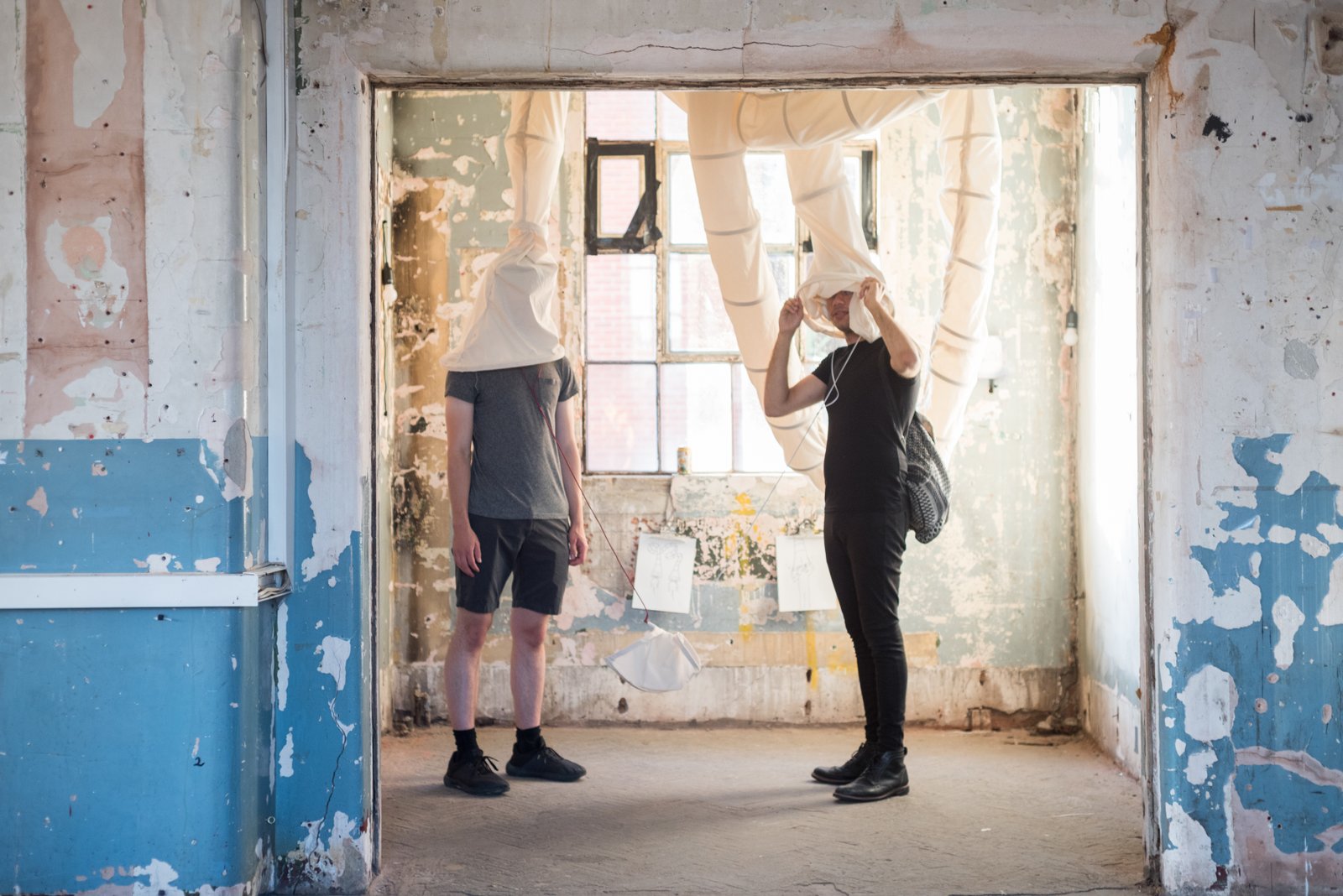
Sophie Seita’s My Little Enlightenment Plays is a multimedia project centred around three experimental theatre pieces: 1. Don Carlos, or, Royal Jelly; 2. Les Bijoux Indiscrets, or, Paper Tigers; 3. Emilia Galotti’s Colouring Book of Feelings — all of which present imaginary tête-a-têtes with Enlightenment thinkers, writers, and scientists. At SPACE Mare Street, a selection of videos, sound pieces, texts, performance props and costumes from the last three years of Seita’s multidisciplinary project come together in one installation for the first time — as a layered world that allows for the work(s) to be seen in a new light, as traces of past events, future scores and performing objects themselves. Each element in a performance visualises, embodies or translates Seita’s text into another medium — which is itself a queer-feminist and oblique translation of Enlightenment texts and ideas. For this, Seita collaborated with artists in other media who created sculptures, projections, music, and clothes that functioned as her props and sets.
Seita’s exhibition at SPACE asks how a dialogue with Enlightenment figures can positively mobilise aspects of that era politically and aesthetically (tolerance, hospitality, a diverse utopia), while critiquing others (progress, fraternity, imperialism). Highlighting the Enlightenment’s relevance to our contemporary artistic and political preoccupation with ‘values’ and ‘truth’, the exhibition tests knowledge, universality, rationality, certain forms of empiricism, individuality and progress, asking: for what and whom? How and how far? In a time of ‘alternative facts’, how can we salvage the speculative in creative work and follow its utopian promise towards imaginative ways of producing and distributing knowledge? What would a new feminist, queer, and welcoming ‘Republic of Letters’ look like today?
My Little Enlightenment Plays blends this reworking of historical material (astronomy, astrology, Mesmer’s energy healing, salon culture), with contemporary queer affect theory, the (pseudo-)psychology of colour-symbolism and Bauhaus-style abstract costumes and experimental dance. Translating and challenging the Enlightenment’s opposition of sentiment and rationality, the exhibition harnesses the experimental spirit of things that don’t quite work and are thus exactly aligned or fizzingly oblique, toying with current assumptions about seriousness, identity, obscurity, form and fun, and showing that deliberate artifice can be an affective space and vivid presence in which the audience can dwell and be held.
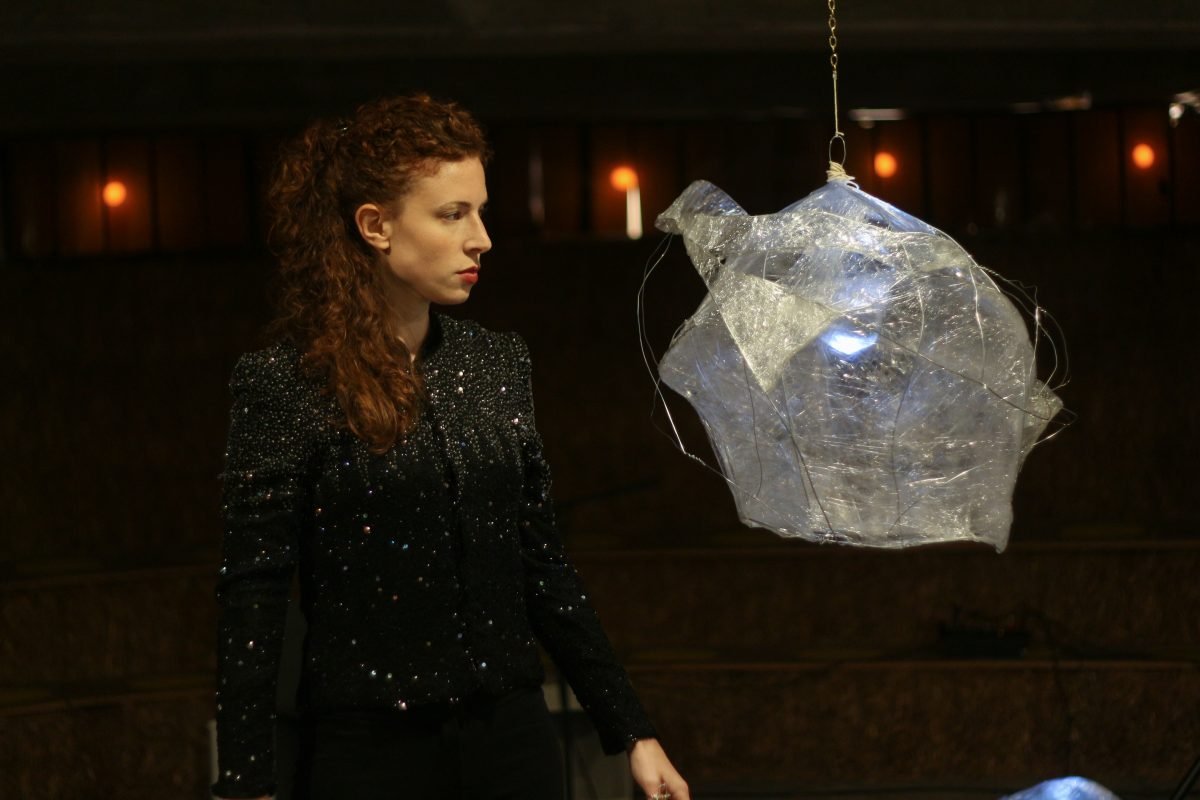
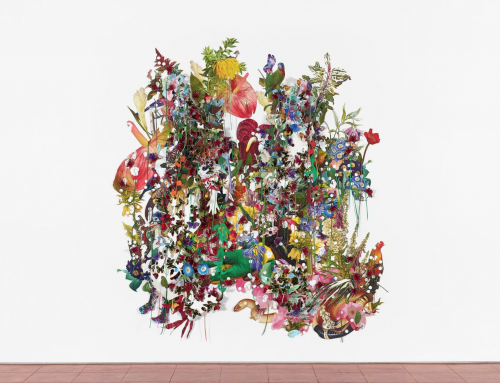
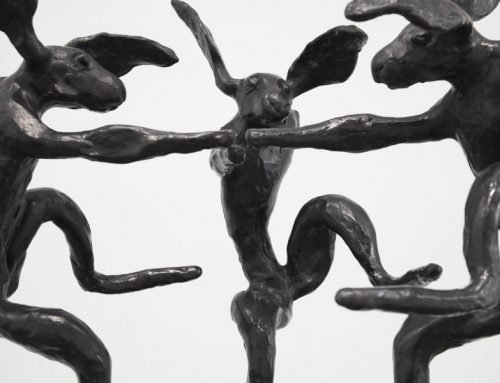
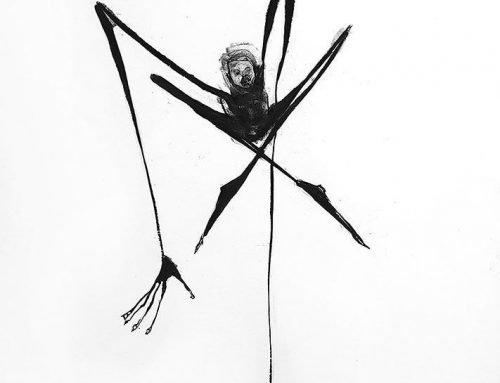
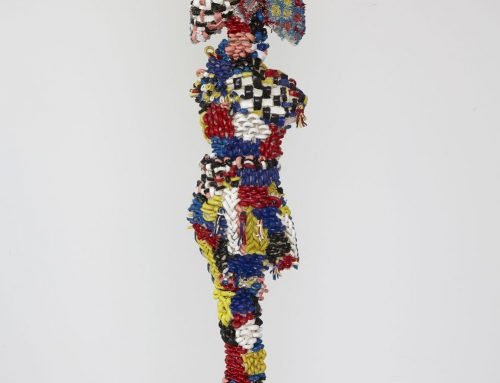
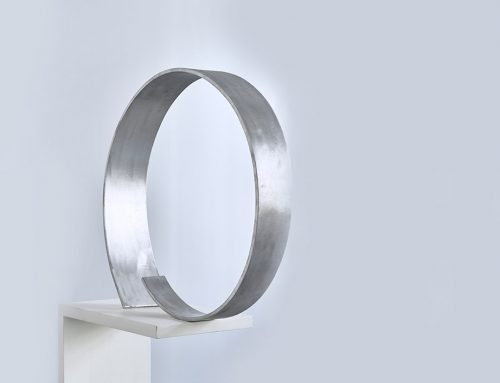
Leave A Comment